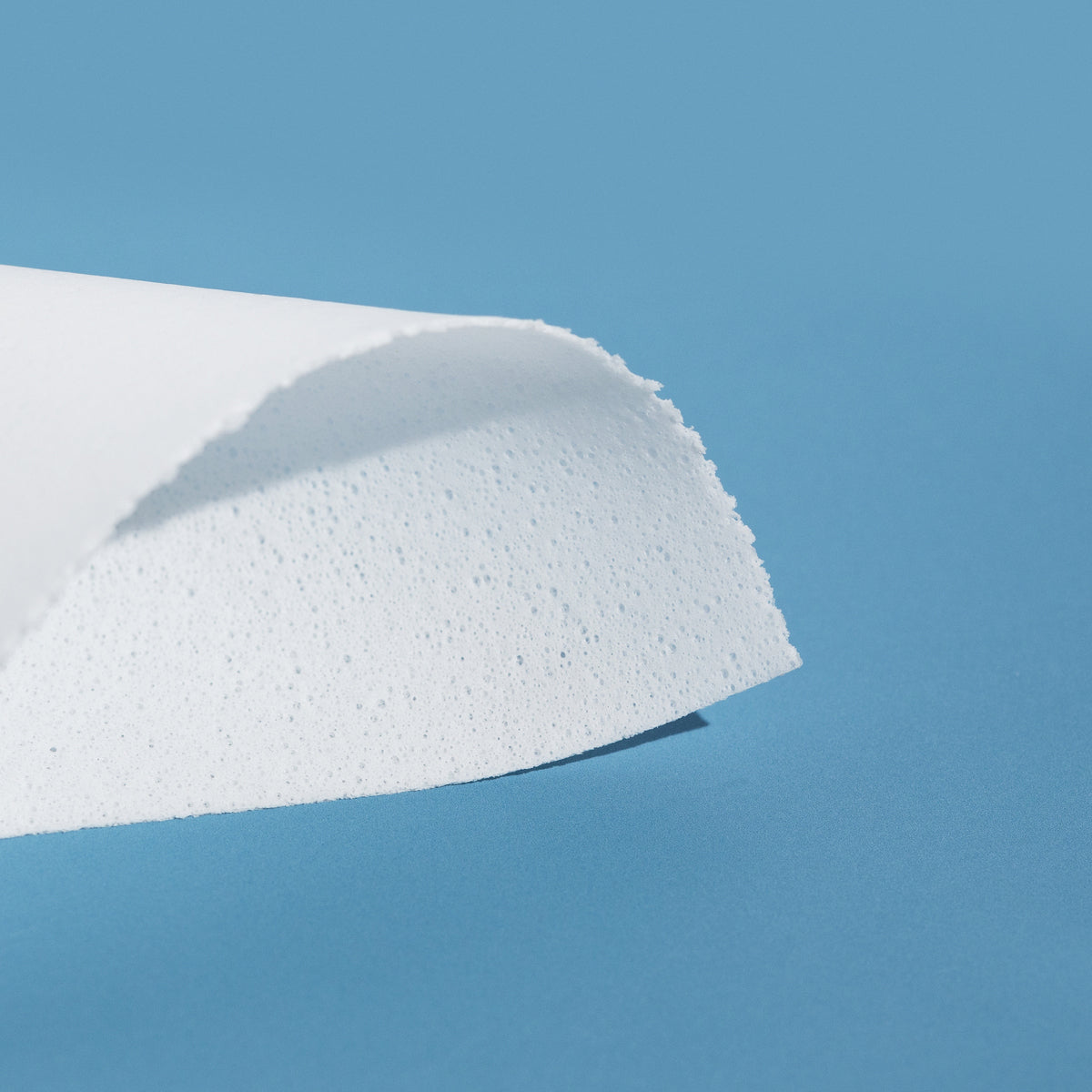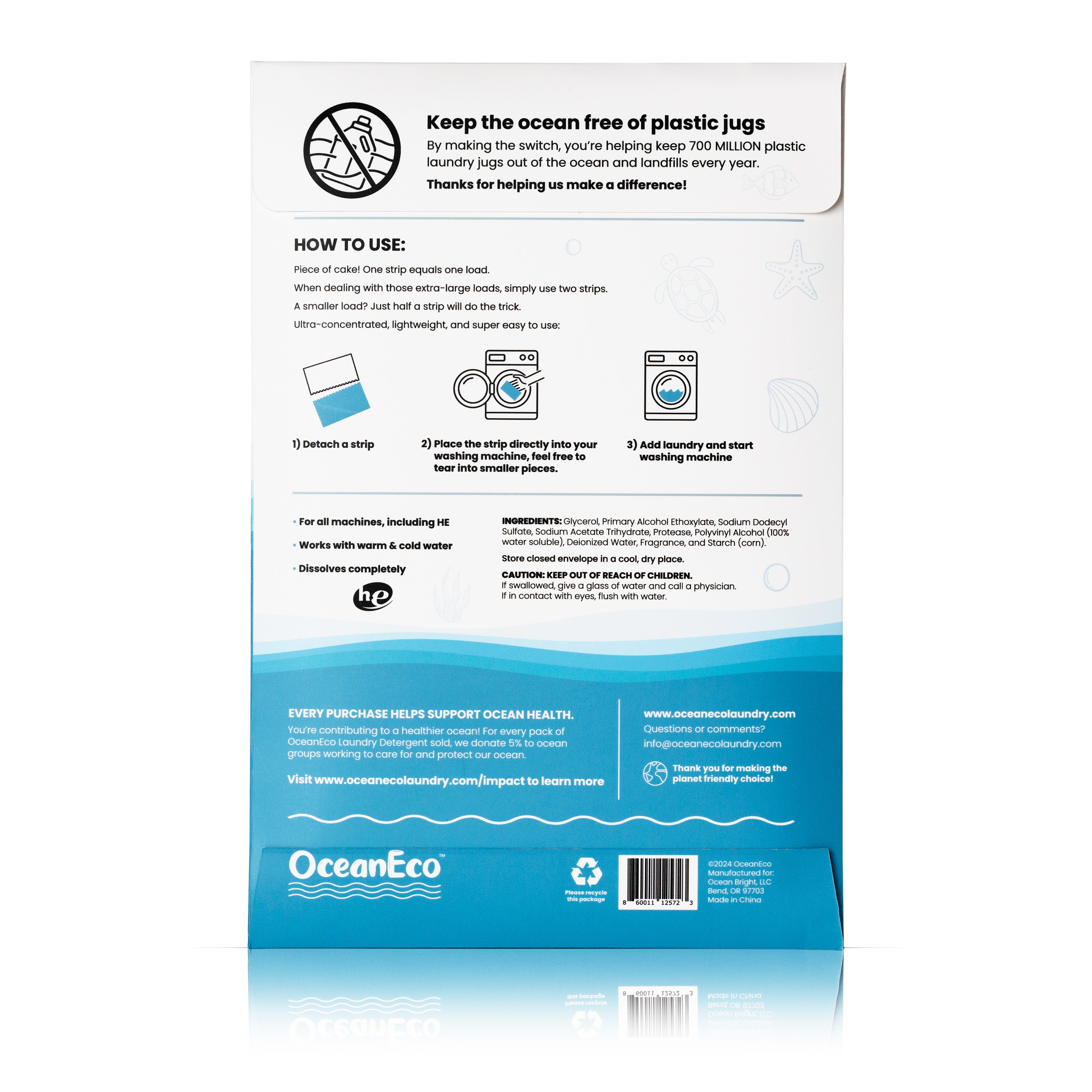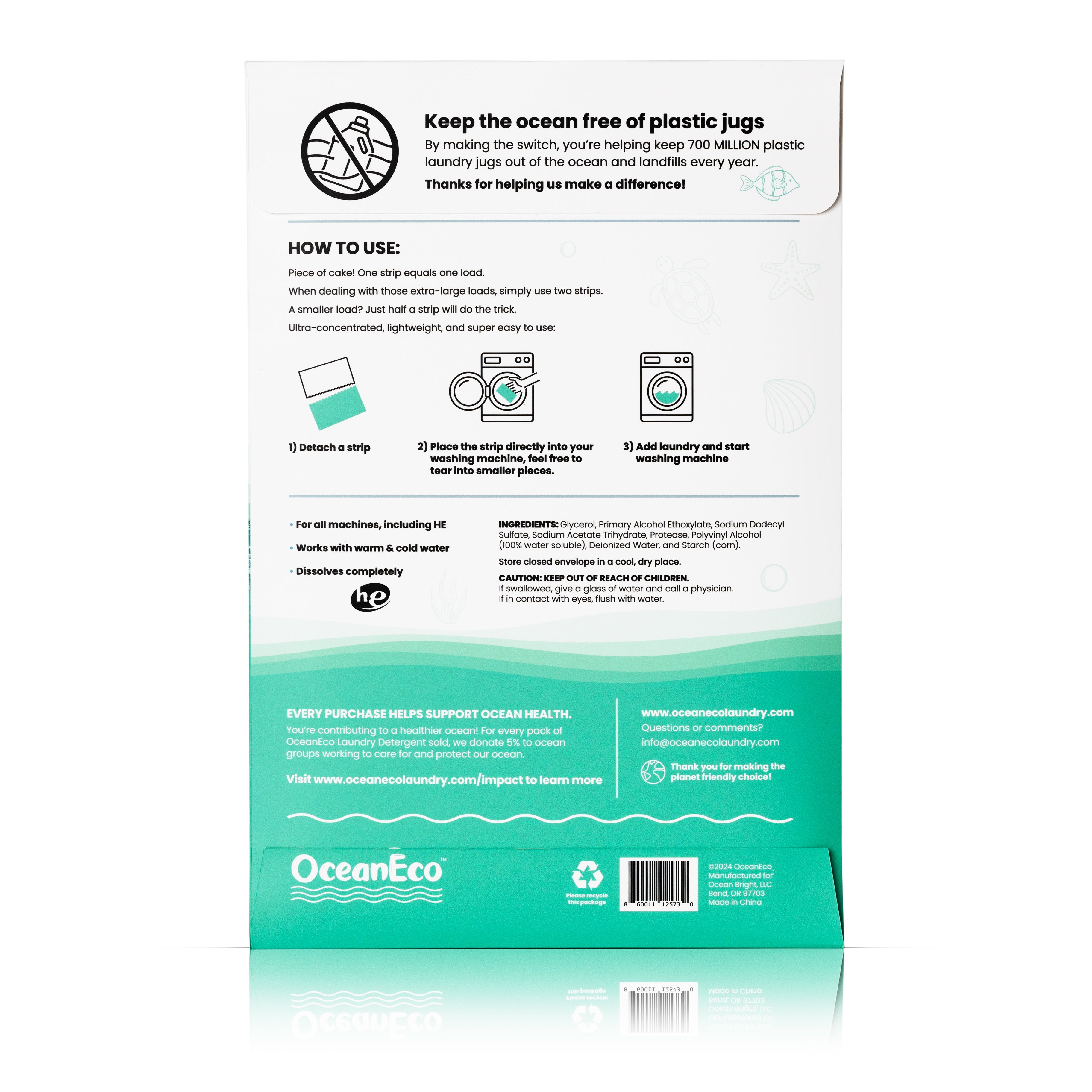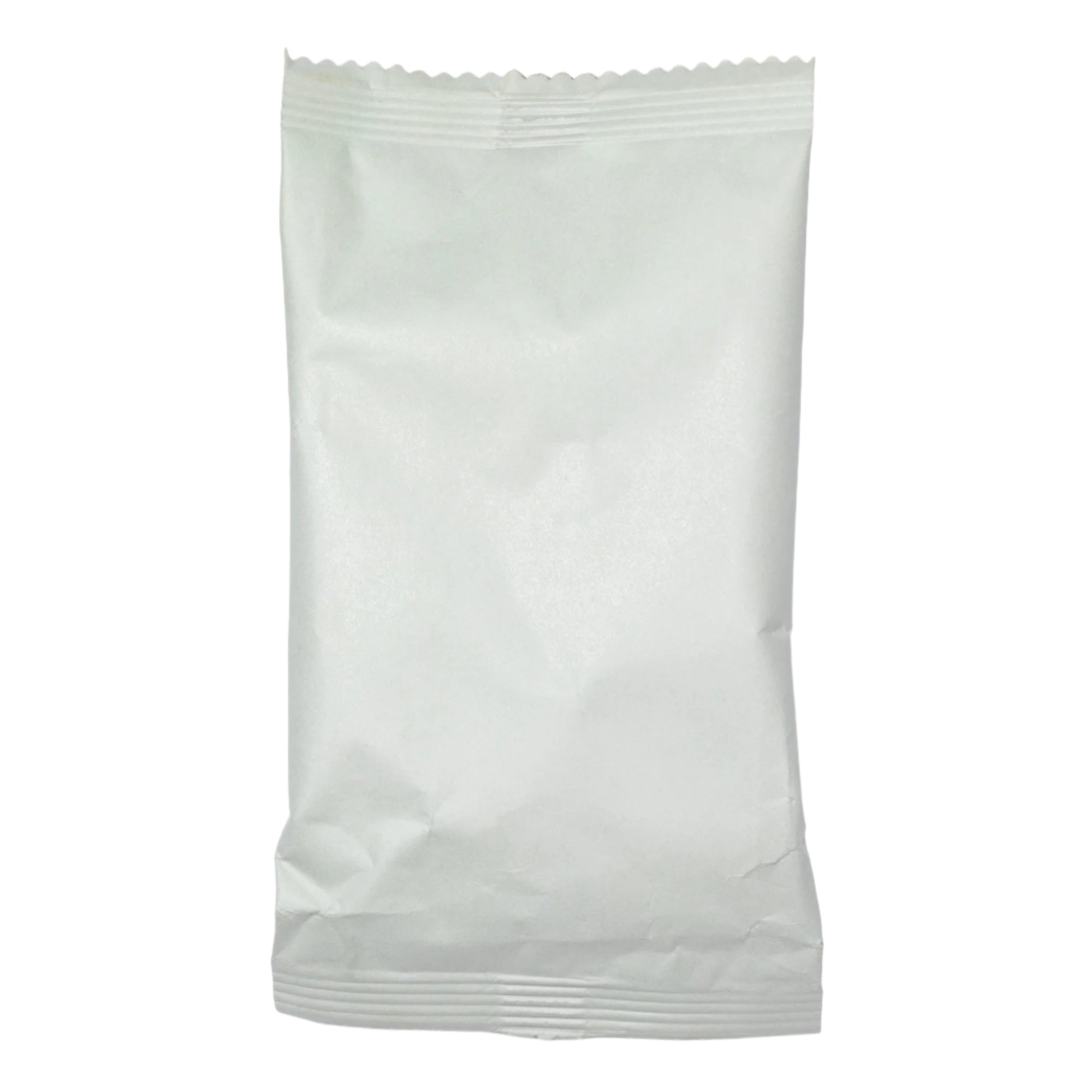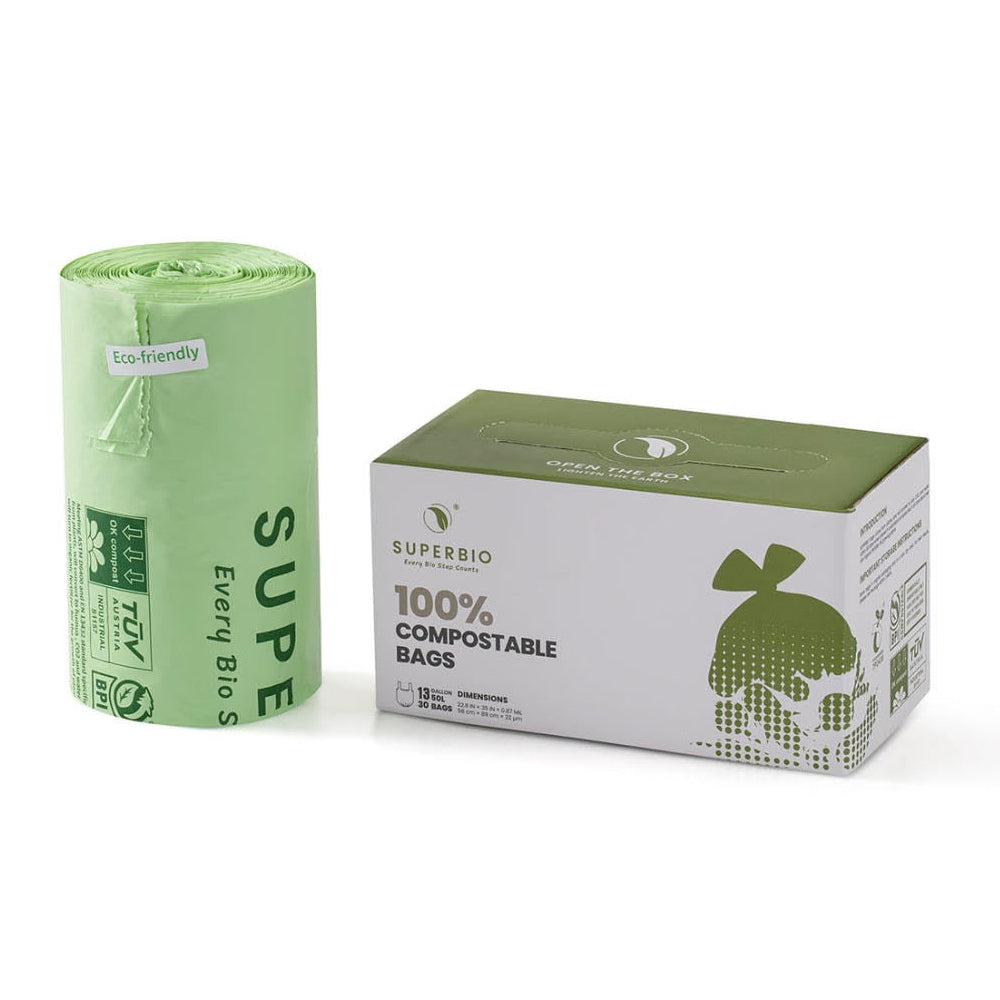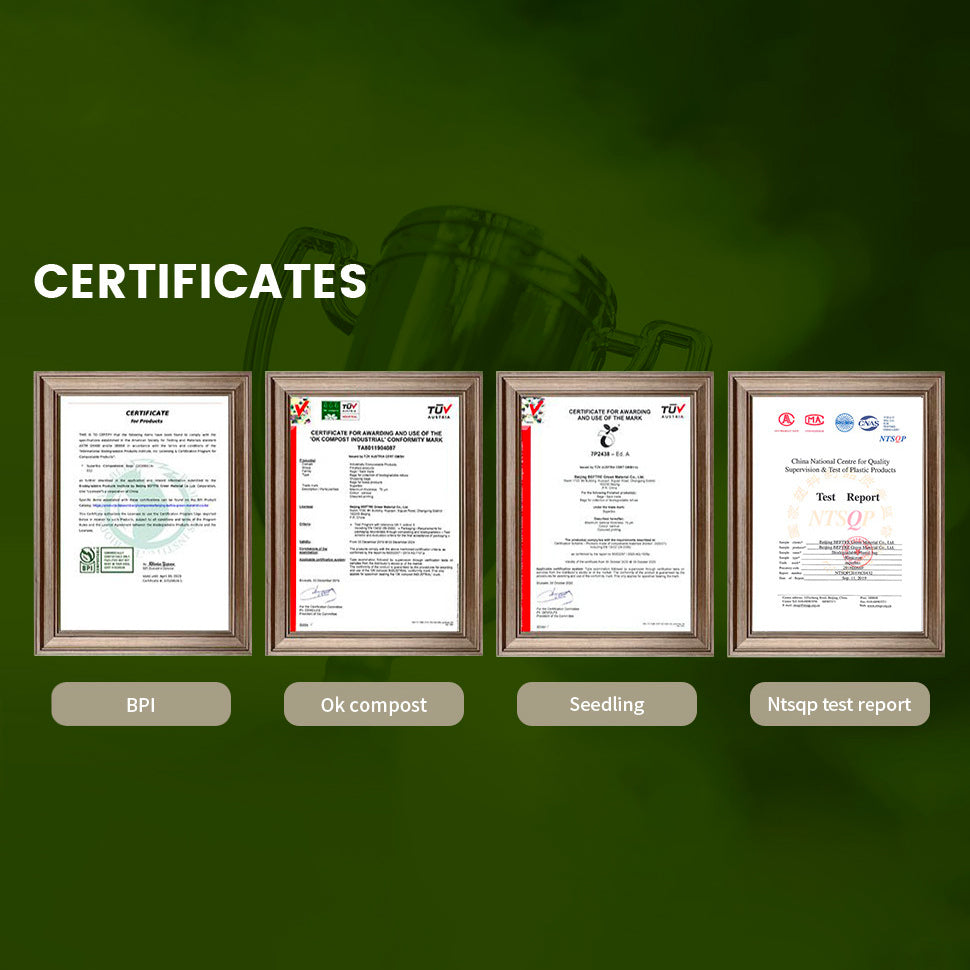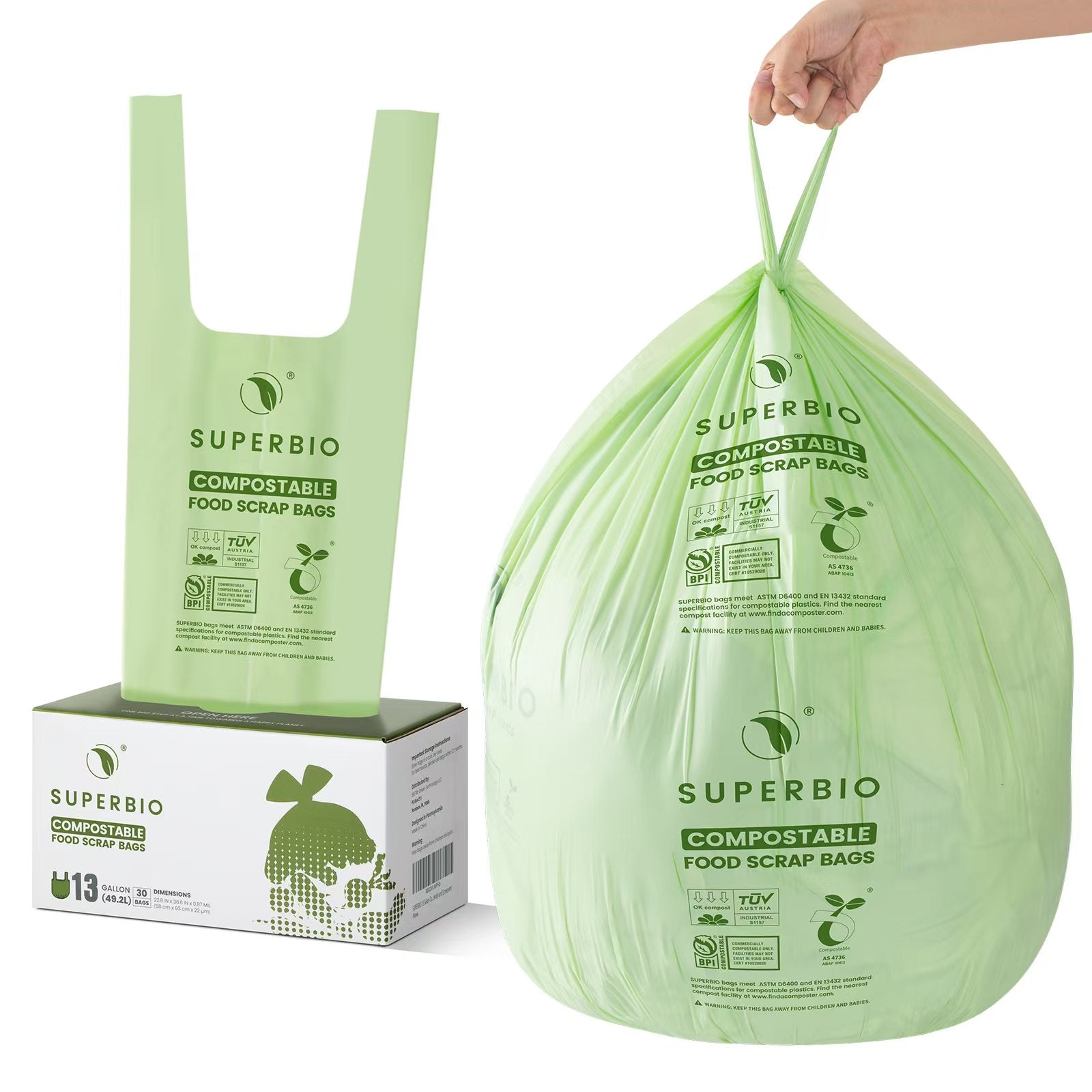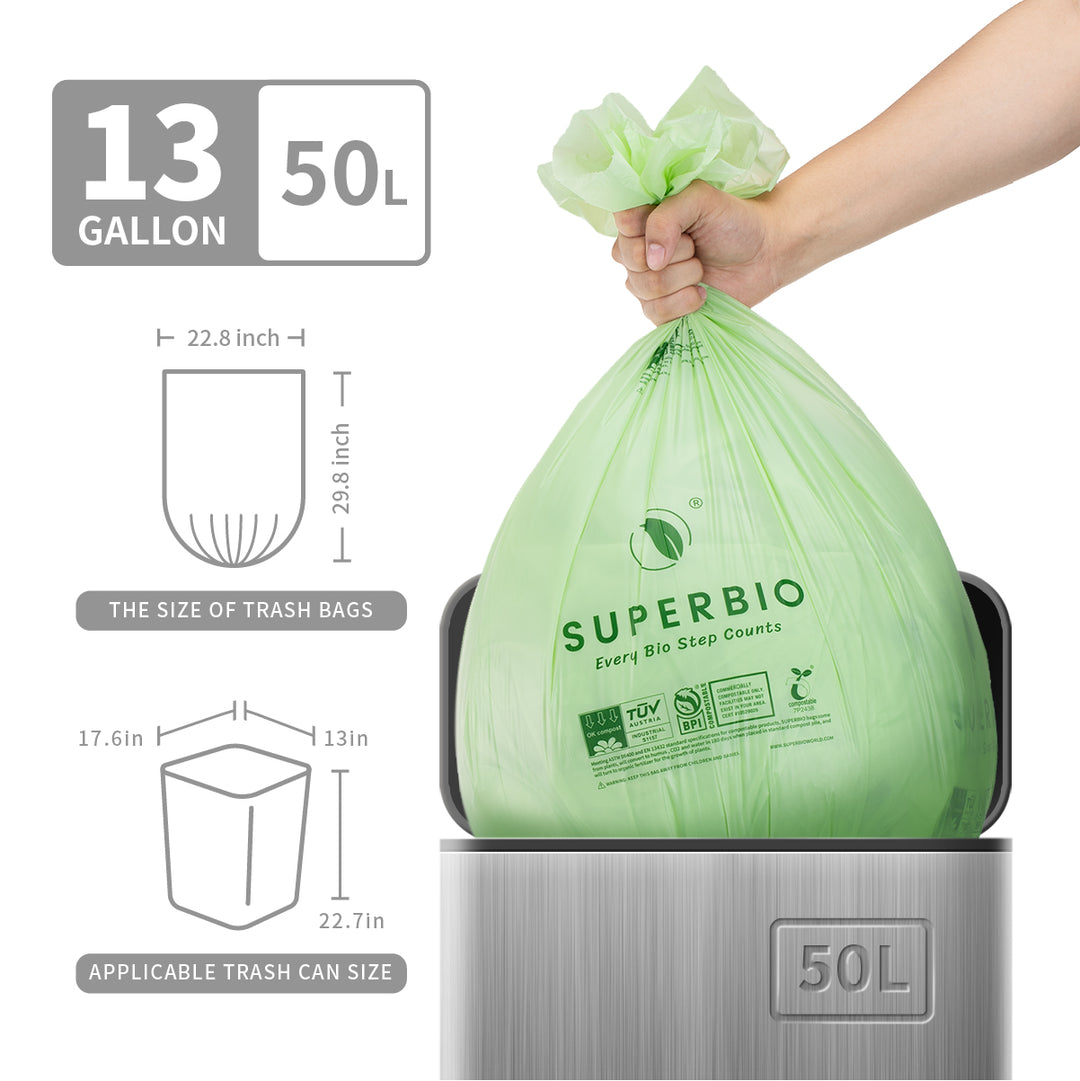Chemical-Eating Creatures Discovered Thriving in Ocean’s Darkest Trenches
In the crushing blackness nearly six miles beneath the surface of the northwest Pacific Ocean, life is not just surviving—it’s flourishing. A recent expedition into the Kuril-Kamchatka and Aleutian trenches has uncovered sprawling communities of creatures that defy everything scientists thought they knew about life’s limits.
At depths exceeding 31,000 feet, far beyond the reach of sunlight, researchers found colonies of clams, tubeworms, and other organisms not dependent on photosynthesis or the typical food chain. Instead, they survive by feasting on chemicals like hydrogen sulfide and methane that seep through cracks in the Earth’s crust—a process known as chemosynthesis.
These newly discovered ecosystems live in what’s known as the hadal zone, the deepest part of the ocean formed by tectonic subduction. In these trenches, conditions are extreme: near-freezing temperatures, immense pressure, and zero light. And yet, in a place long thought inhospitable to complex life, an underwater oasis exists.

Life has been discovered over 31,000 feet deep in the Pacific trenches.
A Hidden World of Chemical Sustenance
The scientific team used a submersible named Fendouzhe to explore these deep-sea regions, observing vast beds of tube worms—some stretching a foot long—extending their crimson tentacles into the dark, flanked by large white clams nestled in the sediment. This dense biological activity was recorded at Wintersweet Valley in the Kuril-Kamchatka Trench, a site reaching 31,276 feet deep, almost 25% deeper than any previously documented chemosynthetic community, according to The Express Tribune.
Unlike shallow-water life that depends on sunlight, these creatures harness chemical energy generated by microbes that metabolize gases leaking from the seafloor, CBS News reports. In turn, the worms and clams either consume the microbes or benefit from their chemical handiwork. The result: an ecosystem powered by Earth’s raw chemistry rather than solar energy.

Scientists used a submersible to reach the ocean’s hadal zone.
Extending the Boundaries of Life
These findings drastically extend the known limits of chemosynthetic communities. Previously, such organisms were only documented at shallower hydrothermal vents. The scope and density of this new trench-based life far exceeds expectations, suggesting that deep-sea oases may be more common than once thought. According to Marine Technology News, scientists believe this community has evolved to thrive amid the tectonic churn and chemical seepage characteristic of hadal trenches.
Adding to the intrigue is the possibility that some of these species have never been seen before. Distinctive variations in color and structure suggest unique adaptations, forged in the deep sea’s isolated pressure cooker. Clams measured up to nine inches long. Tube worms grew in red, gray, and white clusters—each colony hinting at evolutionary secrets still hidden beneath the silt.

The communities include tube worms, clams, and possibly unknown species.
A Glimpse at Alien Possibilities
The resilience and diversity of these creatures not only broaden Earth’s biological boundaries but also raise tantalizing questions about life beyond our planet. With methane and hydrogen common across the solar system, similar chemical ecosystems may exist in extraterrestrial oceans—beneath the icy crust of Europa or Enceladus, for example.
These discoveries could inform how scientists search for life elsewhere, offering a deep-sea blueprint for what to look for in alien waters, The Independent reports.
While much of the ocean floor remains unexplored, this research proves that life—complex, dynamic, and surprising—can thrive in places humans may never fully comprehend. The deep Pacific trenches, long seen as barren voids, now pulse with evidence of nature’s adaptability and ingenuity.



































































































































































































